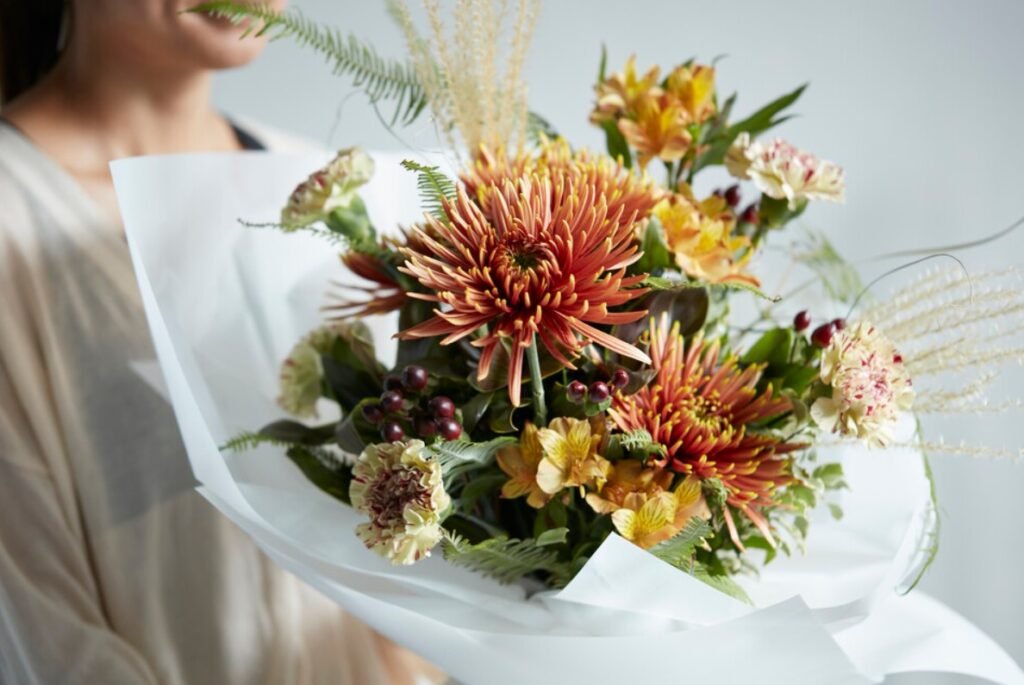In the midst of concrete jungles, the integration of flowers and greenery stands as a beacon of hope and rejuvenation. As cities expand, swallowing more of the natural landscape, the importance of integrating flora into urban settings becomes crucial. This movement isn’t just about aesthetics; it’s a necessary step towards enhancing the quality of life for city dwellers. In this article, we delve into the transformative power of urban greenery and how flowers play an important role in this green revolution, highlighting not only their beauty but also their contribution to creating vibrant and sustainable urban environments. And for those looking to bring a touch of nature into their urban lives, consider the option to order big bouquets of flowers, allowing the beauty of blooms to flourish in the heart of the city.
Urban Gardening – Creating Green Spaces in the City
Urban gardening is more than a trend; it’s a lifestyle shift. In crowded cities, green spaces are often considered a luxury, but urban gardening challenges this notion by bringing floral beauty to even the most unlikely places. Rooftop gardens, vertical plant walls, and community gardens are transforming barren spaces into vibrant, green oases. These initiatives not only beautify the city but also contribute to biodiversity, improve air quality, and provide a sense of community.
The practice of urban gardening isn’t just about planting flowers; it’s about reimagining urban spaces. Unused lots, rooftops, and even old industrial sites are being converted into gardens. These spaces offer a respite from the urban environment and a chance for residents to engage with nature directly. They become communal hubs, where people of all ages and backgrounds can come together to nurture these gardens and, in turn, nurture their community.
The Psychological Benefits of Urban Greenery
The impact of urban greenery, especially flowers, on mental health is profound. In a world where stress and anxiety are ever-present, especially in urban settings, flowers offer a natural antidote. Studies have shown that the presence of greenery and flowers in urban areas can significantly reduce stress, improve mood, and enhance overall well-being.
The colors and scents of different flowers have a calming effect, providing a sensory escape from the hustle and bustle of city life. Community gardens not only offer a visual and olfactory feast but also provide a space for physical activity, social interaction, and a sense of achievement – all of which are essential for mental health. The act of caring for plants also imparts a sense of responsibility and connection to the environment, fostering a mindful approach to life.
Moreover, urban green spaces act as communal centers, fostering social cohesion and reducing feelings of isolation. This aspect is especially crucial in densely populated cities where loneliness can be prevalent. The presence of plants and flowers also encourages outdoor activities, which is beneficial for physical health, further contributing to mental well-being. Engaging with greenery can even boost creativity and cognitive function, offering a refreshing mental break that rejuvenates the mind. Additionally, for children growing up in urban environments, these green spaces are vital for developing an understanding and appreciation of nature, which is often limited in city settings. Thus, urban greenery, with its myriad of psychological benefits, becomes an essential element in nurturing not just the environment but also the mental health of city dwellers.
Innovative Urban Floral Projects Around the World
Around the globe, cities are embracing the challenge of integrating greenery into their urban landscapes with innovative and inspiring projects. From the High Line in New York, a former railway turned into an elevated park, to Singapore’s Gardens by the Bay with its futuristic Supertree structures, these projects are redefining urban spaces.
In Europe, cities like Copenhagen and Amsterdam are leading the way in urban green initiatives, with public spaces designed around the integration of flowers and plants. These projects not only enhance the aesthetic appeal of the city but also serve as habitats for wildlife, contributing to urban biodiversity.
In Tokyo, the concept of ‘pocket parks’ is taking root. These small, often hidden gardens provide a secluded haven amidst the city’s dense urban fabric. They showcase a variety of flowers and plants, offering a brief but significant escape to nature for those who find them.
Conclusion
The growing recognition of the need for nature in urban areas is a response to the increasing disconnect people feel from the natural world. Flowers, in their simplicity and beauty, play a crucial role in bridging this gap. They remind us of the cycles of life, the importance of nurturing our environment, and the joy that can be found in natural beauty.
Urban gardening and green projects are not just about beautifying cities; they are about rethinking our relationship with nature. They represent a collective effort to create more livable, sustainable, and mentally enriching urban environments. As we continue to navigate the complexities of urban living, the integration of flowers and greenery stands as a testament to the resilience of nature and the human spirit’s longing for its touch.

